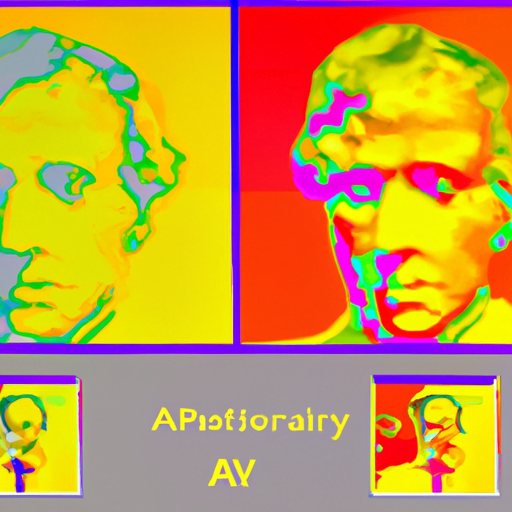
-
Table of Contents
The Psychology of AI-Driven Visual Preferences

Artificial Intelligence (AI) has become an integral part of our lives, influencing various aspects of our daily routines. One area where AI has made significant advancements is in visual preferences. AI algorithms are now capable of analyzing vast amounts of data to understand human preferences and generate visually appealing content. This article explores the psychology behind AI-driven visual preferences, examining how AI algorithms work, the impact on user experience, and the ethical considerations surrounding this technology.
Understanding AI-Driven Visual Preferences
AI-driven visual preferences refer to the ability of AI algorithms to analyze and understand human preferences for visual content. These algorithms use machine learning techniques to process large datasets and identify patterns, enabling them to generate visually appealing content that aligns with human preferences.
AI algorithms analyze various factors to determine visual preferences, including color schemes, composition, shapes, and even emotional responses. By understanding these preferences, AI can generate content that resonates with users, leading to enhanced user experiences and increased engagement.
The Role of Machine Learning in AI-Driven Visual Preferences
Machine learning plays a crucial role in AI-driven visual preferences. These algorithms learn from vast amounts of data, allowing them to identify patterns and make predictions based on that information. In the context of visual preferences, machine learning algorithms analyze large datasets of images, videos, and user interactions to understand what visual elements are most appealing to users.
For example, a machine learning algorithm can analyze millions of images on social media platforms and identify common visual elements that receive high engagement, such as vibrant colors or specific compositions. By learning from this data, the algorithm can generate new content that incorporates these appealing visual elements.
The Impact on User Experience
The use of AI-driven visual preferences has a significant impact on user experience. By generating visually appealing content, AI algorithms can capture users’ attention and create a positive first impression. This can lead to increased engagement, longer user sessions, and higher conversion rates.
Furthermore, AI algorithms can personalize visual content based on individual preferences. For example, e-commerce platforms can use AI to analyze a user’s browsing history and generate product recommendations with visually similar items. This personalization enhances the user experience by providing content that aligns with the user’s unique visual preferences.
Case Study: Netflix’s Recommendation System
One notable example of AI-driven visual preferences is Netflix’s recommendation system. Netflix uses AI algorithms to analyze user viewing habits, preferences, and interactions to generate personalized recommendations. These recommendations are not only based on the genre or storyline but also on visual elements.
For instance, if a user frequently watches movies with vibrant colors and dynamic compositions, the recommendation system will prioritize suggesting visually similar content. This approach ensures that users are presented with content that aligns with their visual preferences, increasing the likelihood of engagement and satisfaction.
Ethical Considerations
While AI-driven visual preferences offer numerous benefits, there are ethical considerations that need to be addressed. One concern is the potential for AI algorithms to reinforce biases and stereotypes. If the training data used by these algorithms contains biased or discriminatory content, the generated visual preferences may perpetuate these biases.
Another ethical concern is the potential manipulation of users’ preferences. AI algorithms have the power to analyze user data and generate content that appeals to individuals’ subconscious desires. This raises questions about the extent to which AI algorithms should be allowed to influence and shape users’ preferences.
Conclusion
The psychology of AI-driven visual preferences is a fascinating field that explores how AI algorithms can understand and generate visually appealing content. By leveraging machine learning techniques, AI algorithms can analyze vast amounts of data to identify patterns and generate content that aligns with human preferences. This technology has a significant impact on user experience, enhancing engagement and personalization. However, ethical considerations must be addressed to ensure that AI-driven visual preferences do not perpetuate biases or manipulate users’ preferences. As AI continues to advance, understanding the psychology behind AI-driven visual preferences will become increasingly important in creating positive and inclusive user experiences.
